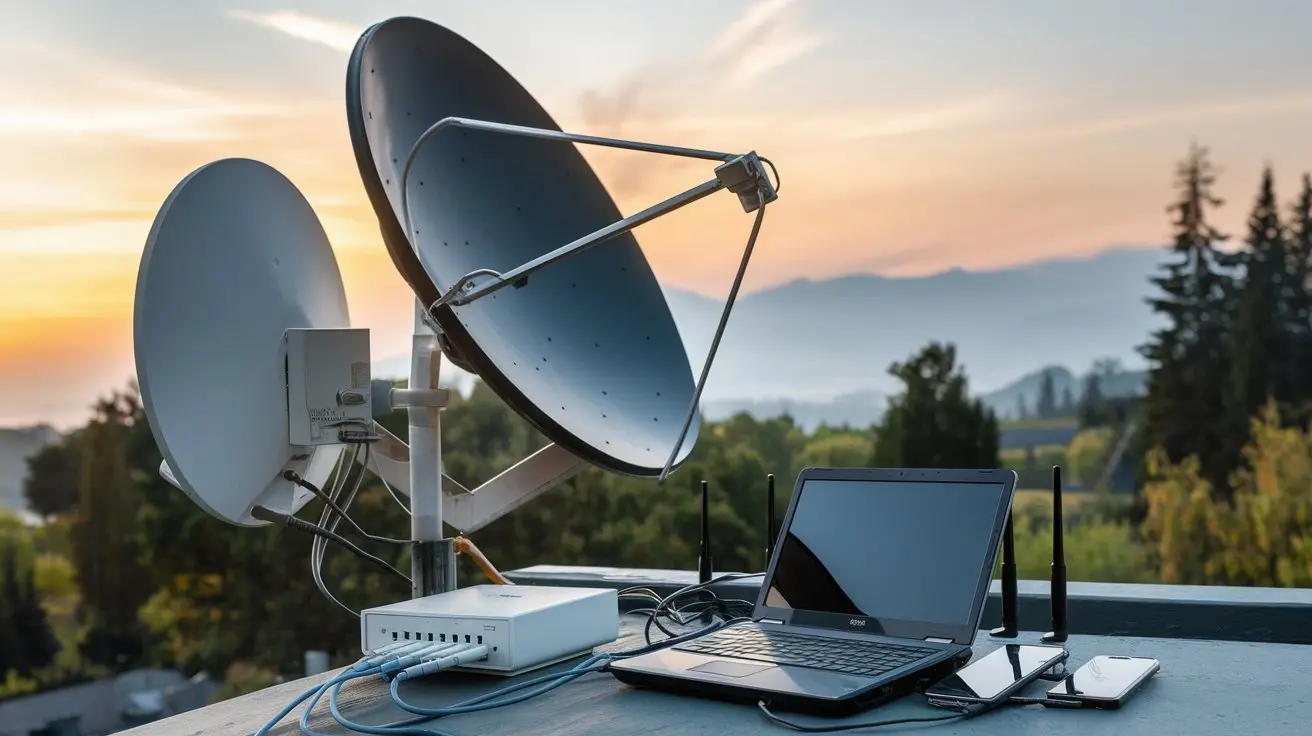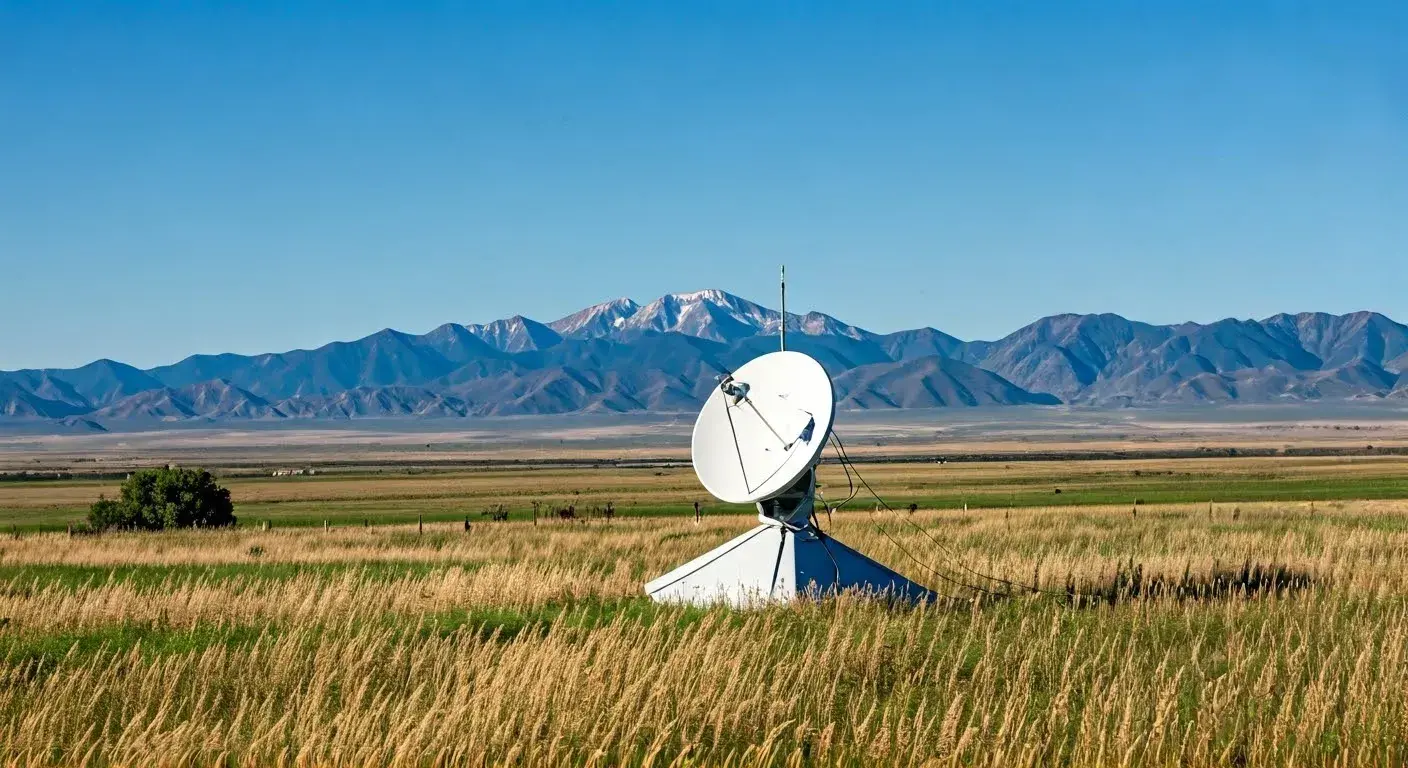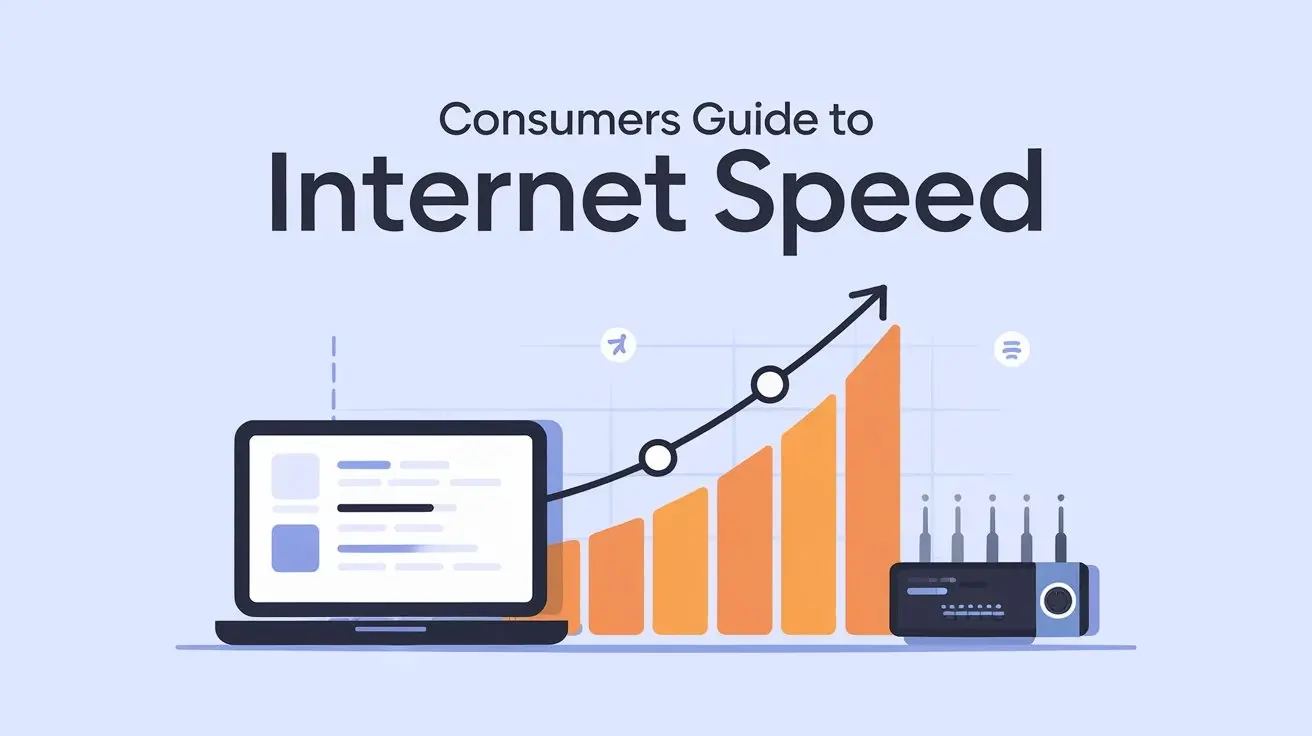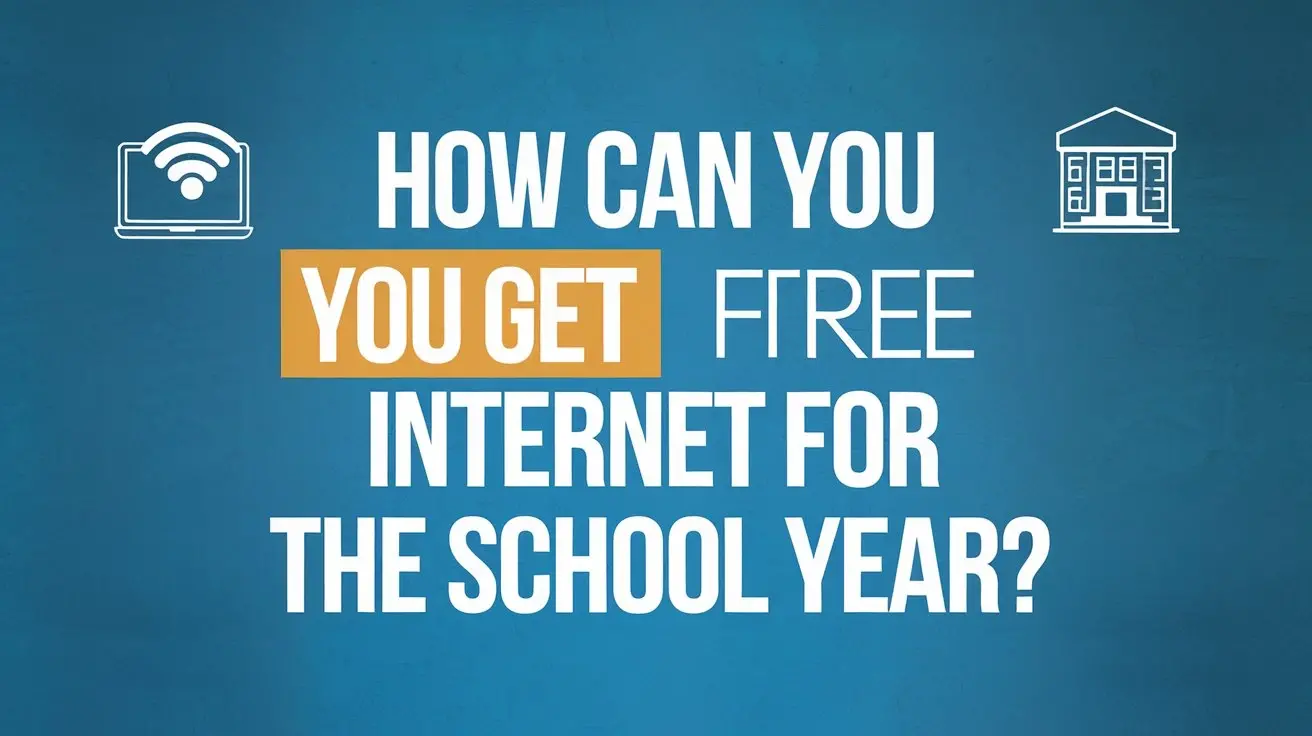Satellite internet is a lifeline for millions of people living in rural and remote areas where traditional broadband options like cable, DSL, or fiber aren’t available. However, while satellite internet offers wide coverage and accessibility, it comes with several significant drawbacks. In this guide, we’ll explore the main problem with satellite internet service, along with other common challenges users face.
Understanding Satellite Internet
Satellite internet works by using a network of orbiting satellites to transmit data between your home and the internet backbone. Instead of relying on underground cables or telephone lines, satellite internet requires a dish installed at your home that communicates with satellites in space. This technology makes internet access possible in places where other forms of connectivity simply aren’t available.
The Main Problem: High Latency
While satellite internet has several disadvantages, including high costs, data caps, and weather interference, the main problem is high latency.
Latency refers to the delay between sending a request for data and receiving a response. With satellite internet, this delay is much longer than with wired connections because the data must travel from your device to a satellite orbiting Earth (often over 22,000 miles away), then back to the ground station, and finally to its destination online. This round trip can take hundreds of milliseconds, compared to just a few milliseconds with fiber or cable internet.
Key Fact: High latency is the most notable drawback of satellite internet. This delay makes real-time online activities, like video calls, online gaming, and some streaming, difficult or frustrating.
How Latency Affects You
High latency can impact your online experience in several ways:
- Online Gaming: Multiplayer games require fast, real-time communication. High latency can cause lag, making games unplayable or frustrating.
- Video Conferencing: Delays in audio and video can make conversations awkward or difficult to follow.
- Voice over IP (VoIP): Calls may have noticeable delays, leading to people talking over each other.
- General Browsing: While web pages may load, interactive sites and apps can feel sluggish.
Other Major Problems With Satellite Internet
While high latency is the main problem, satellite internet has several other significant drawbacks:
1. Slower Speeds Compared to Wired Internet
Satellite internet speeds are generally much slower than those offered by cable or fiber providers. While modern satellite internet can reach speeds up to 100 Mbps in some cases, this is still far below the gigabit speeds available with fiber. Slower speeds mean longer download times and difficulty streaming high-definition video on multiple devices at once.
2. Data Caps and Throttling
Most satellite internet plans come with strict data caps. If you exceed your monthly data allowance, your provider may throttle your connection, slowing your speeds to a crawl until the next billing cycle[1][5][6]. This can be especially problematic for households that stream a lot of video or use the internet for work or school.
3. Weather Interference
Satellite internet signals can be disrupted by bad weather, such as heavy rain, snow, or even thick cloud cover. This phenomenon, known as “rain fade,” can cause your connection to slow down or even drop out entirely during storms.
4. High Cost
Satellite internet is often more expensive than other types of internet service. Equipment costs, installation fees, and monthly service charges can add up, making it a less affordable option for many users.
5. Line-of-Sight Requirements
Your satellite dish must have a clear line of sight to the satellite in the sky. Trees, buildings, mountains, or other obstructions can block the signal and degrade your service[2][5].
6. Difficulties With VPNs
Many satellite internet users find that virtual private networks (VPNs) do not work well with their connection. The high latency and sometimes inconsistent speeds can make VPN connections unstable or slow.
Comparison: Satellite vs. Wired Internet
| Feature | Satellite Internet | Wired Internet (Fiber/Cable) |
|---|---|---|
| Latency | High (hundreds of milliseconds) | Low (a few milliseconds) |
| Speed | Up to 100 Mbps (typically lower) | Up to 1 Gbps or more |
| Data Caps | Common | Rare (except on some budget plans) |
| Weather Sensitivity | Yes | No |
| Cost | Higher | Lower (per Mbps) |
Who Should Consider Satellite Internet?
Despite its drawbacks, satellite internet is a valuable option for:
- Rural and Remote Residents: People living in areas without access to cable, DSL, or fiber have few alternatives.
- Travelers and RV Owners: Some satellite internet services are portable and can be used on the go.
- Emergency Backup: Satellite internet can serve as a backup connection in case of outages with other services.
Advances in Satellite Internet Technology
New satellite internet technologies, such as low Earth orbit (LEO) satellite constellations (e.g., Starlink), are beginning to address some of the traditional problems. LEO satellites orbit much closer to Earth, reducing latency and potentially increasing speeds. However, these services are still rolling out and may not be available everywhere.





